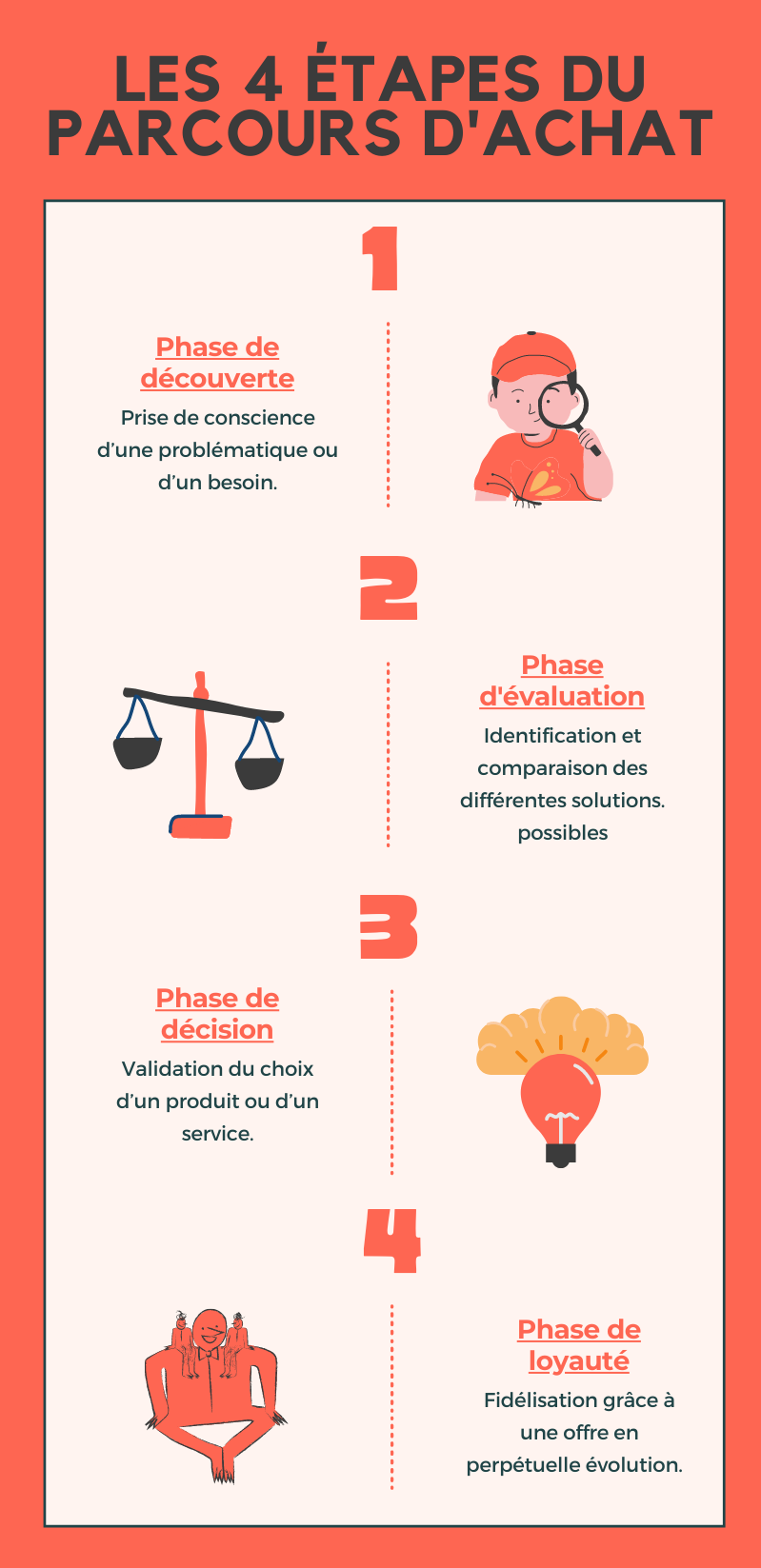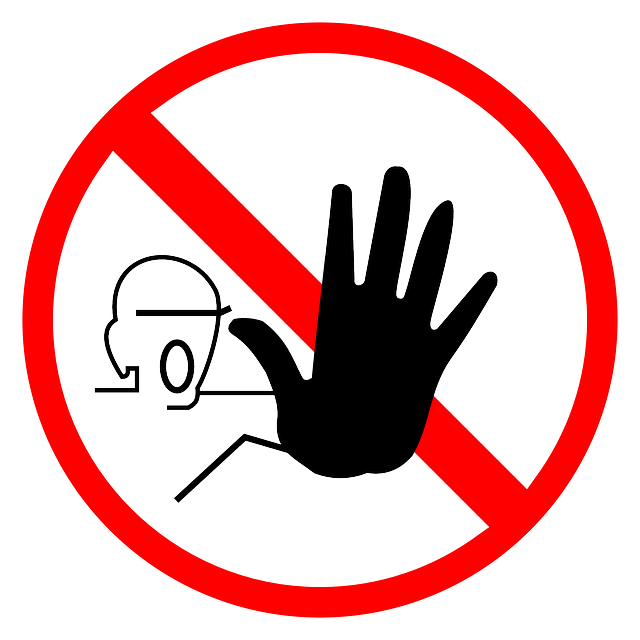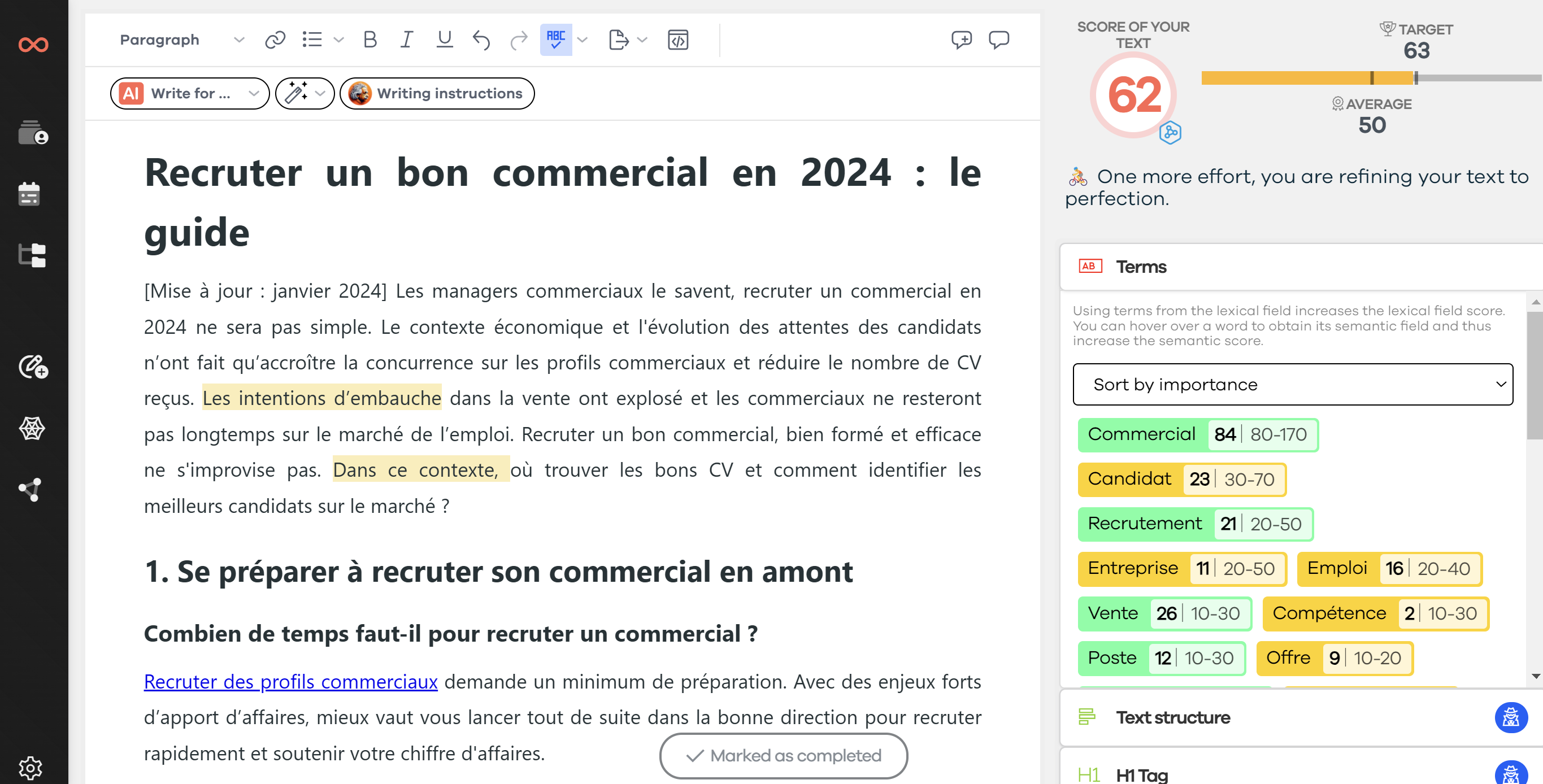White papers are increasingly used in online content marketing. The reason is simple: they help generate qualified leads and build trust with customers. So if you too want to increase your sales and position yourself as a leader in your field, don't miss what follows! After a brief definition, you'll discover my 13 tips for writing a white paper and the 5 mistakes to avoid if you don't want to waste your time.
👨🏫 White Paper: The Definition
A white paper (called white paper in English) is a downloadable document (often in PDF format) that allows you to share your expertise in a specific field. It is a practical guide for the reader to obtain a solution to a problem. A white paper also serves to inform the user and support them in their decision-making process.
Originally used mainly by institutional organizations, this type of digital book has become widespread in the content marketing of companies (mainly in B2B) and communication agencies. Indeed, this approach allows you to generate leads by offering free, high-value advice.
This brief content (a maximum of 15 pages is recommended!) filled with information is an excellent way to showcase your expertise in your industry. A white paper thus allows your company to position itself as a leader in your field and build trust with your audience. It is therefore a commercial tool not to be neglected in your digital communication strategy!
🎯 The Purpose of a White Paper

With your white paper, you demonstrate your expertise and support your prospect in their purchasing decision process. However, this is a win-win strategy! Indeed, by doing so, you will also do everything possible to convert your reader into a customer.
Since the prospect is highly qualified, this type of content is a formidable lead magnet. To do this, you will be able to generate leads by following a well-established strategy that I will explain later in this article.
Moreover, this tool is extremely effective for B2B sales. The reason is simple: in B2B, a buyer often has to justify their choices. With your white paper in hand, they can easily argue their purchasing decision.
In addition, this type of content is an excellent way to re-engage dormant contacts. Indeed, the precision of a white paper can revive the desire to purchase from your former customers. Perhaps they thought they no longer needed your services? You just proved them wrong by providing a detailed guide that meets their current needs!
💥 13 Tips for Writing a Good White Paper
Writing a white paper should not be done hastily! To achieve good results, you must follow a specific process. This is what I detail below by giving you 13 tips not to be neglected.
1. Define Your Audience
Who is your white paper for? This is the basic question you need to answer before you even start writing! To correctly target your reader, you need to know them. This type of content is so specific that you want to adapt each one according to your buyer persona.
Indeed, your different target customers are not all interested in the same topics. Their problems are varied, and the information sought is not always the same. Think about this before even choosing the theme of your next white paper!
2. Know Your Prospect's Buying Phase
Following on from the previous point, you need to be aware that your white paper must correspond to the different levels of information required by your prospect. You will therefore adapt the level of precision according to the different stages of the buying journey of your customers.
-
Discovery phase: awareness of a problem or need.
-
Evaluation phase: identification and comparison of possible solutions.
-
Decision phase: validation of the choice of a product or service.
-
Loyalty phase: retention through a constantly evolving offer.

3. Choose the Right Topic
After establishing precisely who you are addressing and what the different needs of your customers are based on their buying position, you can select a topic for your white paper. Moreover, it goes without saying that the theme you choose depends mainly on your field of activity and the expectations of your target audience. In your white paper, consider:
- Answering frequently asked questions from your customers;
- Solving common problems related to your sector;
- Detailing and simplifying complex processes.
However, if you cannot find a theme to address in your next white paper, you can draw inspiration from what has already been done by visiting this site. You will find many examples of white papers covering various topics.
4. Structure the White Paper
To ensure that your reader reads your entire white paper, you must offer them an engaging structure and a high level of reading comfort. To achieve this, here are the elements you should not neglect.
- Write a compelling title (point 5).
- Write relevant introductions and conclusions (point 6).
- Provide a detailed menu.
- Offer attractive and informative visuals (infographics, images, diagrams, etc.).
5. Offer a Catchy Title
The art of copywriting comes into play when offering a white paper. Indeed, your goal is to inform and entice the reader to download it. However, for this type of content, the writing rules are not all the same as those for writing on the Internet. Here are some tips I can give you based on various studies.
- Write a long title (between 20 and 30 words) to clearly announce the content of your white paper.
- Address your reader according to their role or activity to increase their interest and allow them to identify with the proposed text.
- Add keywords to improve the visibility of your white paper on search engines.
6. Carefully Craft the Introduction and Conclusion
The first pieces of information you provide are crucial for enticing the reader to continue reading your white paper. From the beginning of the text, you will therefore provide precise information on the content offered in the document. The easiest way is to provide a brief summary of what will be covered in detail in your introduction.
As for the conclusion, the last pieces of information offered are crucial for your approach to have positive financial repercussions. Even if you should avoid self-promotion in your white paper as much as possible, you will place a call to action at the very end that details the solutions you offer to solve the problem raised in your text.
7. Refine the Writing
The quality of your writing is your brand image! It represents your level of expertise and the trust that can be placed in you. First of all, the tone you use must be completely adapted to your type of reader. In addition, spelling and punctuation must be absolutely perfect.
Furthermore, by properly spacing your text, you offer essential reading comfort for the success of your marketing campaign. Also, remember to shorten your sentences as much as possible and avoid overly technical jargon. Finally, remember that your white paper will be read on a digital screen (and often on a mobile device). So be sure to adapt the font size and add bold or color to your text.
8. Add Value
When offering a white paper, you must keep in mind that your goal is not to directly promote your services. On the contrary, you provide detailed information and tailored solutions to meet the needs of your customers. By focusing on the value of your content, you increase the chances of your text being read and shared.
What you want above all is for your content to be complete and informative for your reader. By doing so, you will gain the recognition you deserve! That is, being recognized as a trusted source in the market that corresponds to your field of activity. By working on your reputation in this way, you will certainly have the opportunity to improve your sales in the long term.
9. Maintain Reader Interest
Even though white papers are more detailed than a blog article or more technical than an ebook, they should not be boring. To achieve a good balance, consider varying your information.
In addition, to captivate your reader throughout their reading, I recommend drawing inspiration from the writing techniques of novel authors. To maintain intrigue throughout your content, you can, for example, draw inspiration from Freytag's pyramid (as Shakespeare did).

10. Create a Beautiful Layout
In addition to the perfect structure of your white paper (point 4), you must pay as much attention as possible to its layout. The quality of the images and infographics you offer and the relevance of the font and branding choices are all elements to consider before publishing your work.
As you can see, creating a white paper requires many skills. That's why I strongly recommend that you get help to ensure the best possible realization of this type of digital content. Don't hesitate to consult this other article to discover all the content marketing professions you might need: https://www.seoquantum.com/billet/metiers-content-marketing.
11. Write Multiple Versions
The technical level of the information provided in a white paper is so high that you must be prepared to write several versions before reaching perfection. As a result, you can either offer several white papers that deal with the same theme or update your document based on its success rate.
In any case, this type of content deserves attention, and taking a step back on your writing will allow you to refine it over time. So even if you are satisfied with it at the moment, don't hesitate to review it in the coming months. A fresh and rested mind often allows you to see what was not perceptible at first glance.
12. Publish the White Paper
Now that you have finished writing your white paper, you can publish it on your website. To do this, you must create a high-quality landing page. You also have the option of offering your guide using a dynamic window (pop-up) that appears at the right time.
However, before moving on to this crucial step, you must ensure the perfection of the content you offer. Don't hesitate to ask for a third-party review, who may not even know the subject matter. You will likely be surprised by their comments, which will help make your text more enjoyable to read.
13. Promote Your White Paper
Once your white paper is online, you may not necessarily want to wait for its organic ranking to be read. You will therefore take advantage of all your communication channels to promote it on the web.
- Keyword Clustering: create blog articles that deal with the subject in order to legitimately offer your white paper.
- Newsletter: inform your prospects and former clients about the release of your new practical guide.
- Social networks: boost the visibility of your latest publication by sharing it on all your social media.
❌ The 5 Mistakes to Avoid for a Quality White Paper

By reading between the lines of the information provided earlier, you may have already understood what not to do when offering a white paper to your customers. However, this topic is so important that I chose to detail it in this paragraph!
1. Make a Sales Pitch
Your white paper is not intended for the direct sale of your product! Your guide aims to inform your customers or prospects and provide them with detailed answers to specific problems. Your sales pitches have no place in this type of content.
2. Minimize Research
Once again, your white paper must offer highly qualitative information. Take the time to thoroughly research to provide a comprehensive result. Remember that you will prove your level of expertise through this document. Do not skimp on research!
3. Offer an Unattractive Design
Even if the content offered is excellent, its form is essential! Indeed, the reading comfort and attractiveness of your white paper are crucial elements for their performance. Therefore, the quality of your images and your graphic charter is just as important as what you have written.
4. Don't Tell a Story
The subjects covered in white papers are often complex and technical. By adding a touch of storytelling, you increase the chances of captivating your reader. So think about detailing the problem and offering your solution by illustrating your story to make your content more appealing.
5. Remain Abstract
The technicality of the information transmitted in a white paper often means that the application of the proposed solution is neglected. To avoid this, an excellent way is to add concrete examples to your text. This allows the reader to visualize the effectiveness of the proposed solution and identify with it to meet their own needs.
As you have seen, creating a white paper is not done without considering many factors. To conclude, I would like to remind you of the essential points for successfully writing your practical guide.
- Know your target audience precisely.
- Choose the most relevant topics.
- Structure the content perfectly.
- Write your text flawlessly.
- Focus on information rather than sales.
- Add value to your text.
- Illustrate your explanations.
- Offer concrete examples.
- Take care of the layout.
- Promote your white paper comprehensively.
One last point to consider is that writing such content takes a lot of time. Therefore, I advise you to choose topics that will be relevant for as long as possible. To learn more about this, I invite you to read the following article: https://www.seoquantum.com/billet/contenu-evergreen.
Need to go further?
If you need to delve deeper into the topic, the editorial team recommends the following 5 contents:

